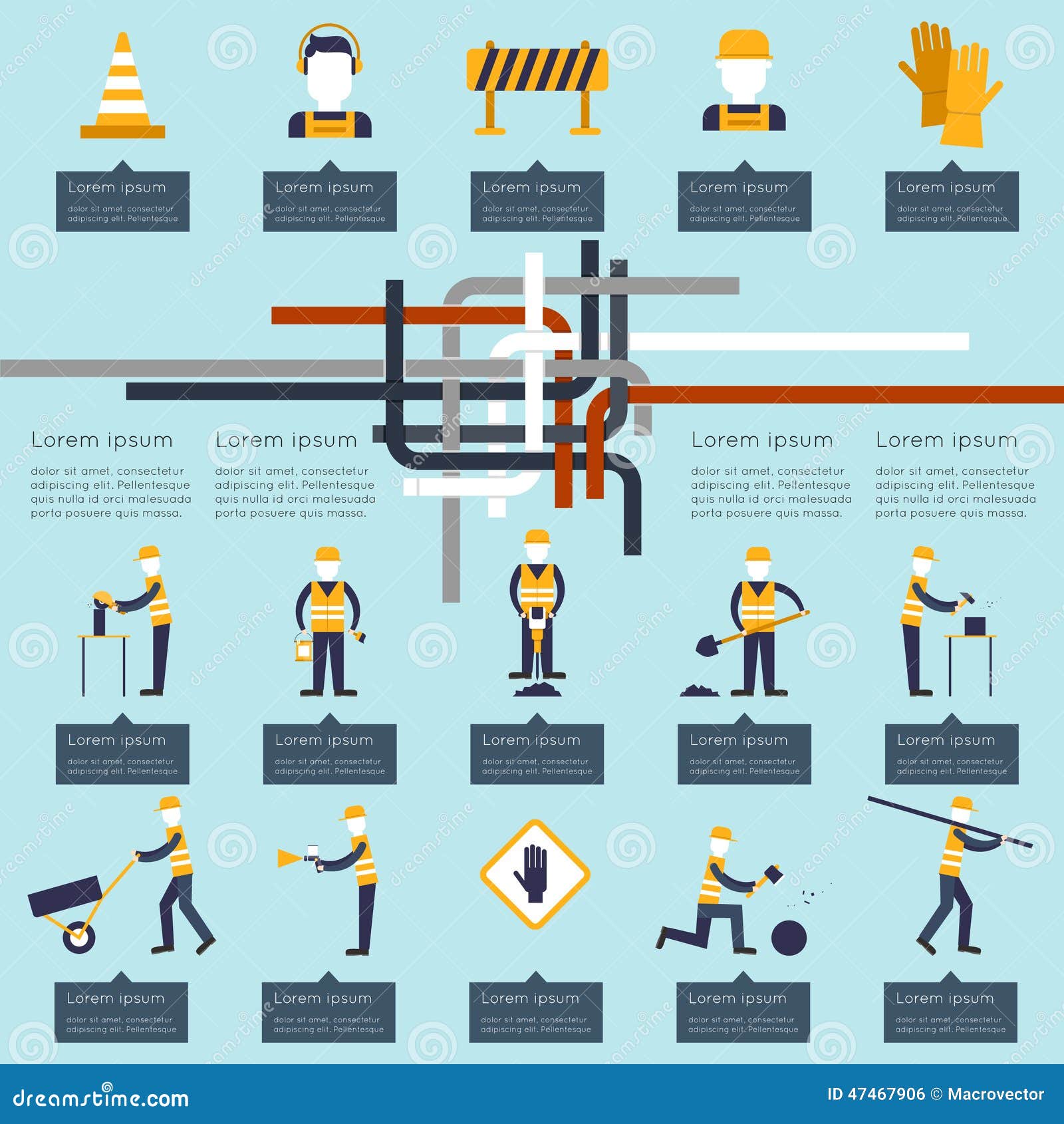Seasonal Considerations For Commercial Exterior Painting: What You Need To Know
Seasonal Considerations For Commercial Exterior Painting: What You Need To Know
Blog Article
mouse click the up coming article Developed By-Fox Bagger
When you're intending an industrial outside painting project, seasonal elements can make or break your results. You'll wish to think about just how temperature and humidity impact paint application and drying times. Selecting the appropriate period can ensure your paint adheres properly and lasts longer. But which periods are absolutely the best for this type of job? Allow's discover the key elements that can affect your task's success.
The Influence of Temperature on Paint Application
When you're preparing a business outside paint project, the temperature level can dramatically impact just how well the paint sticks and dries out.
Preferably, you want to repaint when temperature levels vary in between 50 ° F and 85 ° F. If it's as well cold, the paint may not treat correctly, leading to issues like peeling or splitting.
On the other side, if it's also warm, the paint can dry too swiftly, stopping appropriate attachment and leading to an unequal coating.
You ought to likewise consider the moment of day; morning or late afternoon offers cooler temperatures, which can be a lot more desirable.
Always examine use this link for the specific paint you're utilizing, as they usually give guidance on the optimal temperature range for ideal results.
Moisture and Its Effect on Drying Times
Temperature level isn't the only environmental factor that affects your business exterior painting task; humidity plays a substantial duty also. High moisture levels can reduce drying out times dramatically, affecting the overall top quality of your paint work.
When the air is saturated with dampness, the paint takes longer to treat, which can result in issues like inadequate bond and a higher risk of mildew development. If you're painting on an especially moist day, be gotten ready for extensive delay times between coats.
It's important to keep an eye on neighborhood climate condition and plan appropriately. Preferably, aim for moisture levels in between 40% and 70% for optimal drying.
Maintaining these factors in mind guarantees your project stays on track and supplies a lasting surface.
Best Seasons for Commercial Exterior Paint Projects
What's the best time of year for your industrial external paint jobs?
Spring and very early fall are typically your best choices. Throughout these periods, temperatures are mild, and humidity degrees are commonly reduced, producing optimal conditions for paint application and drying out.
Prevent summer season's intense heat, which can create paint to dry also promptly, causing bad attachment and finish. Similarly, winter's cool temperature levels can impede appropriate drying out and healing, risking the durability of your paint task.
Aim for days with temperatures in between 50 ° F and 85 ° F for optimum outcomes. Remember to examine the local weather prediction for rain, as damp problems can ruin your task.
Preparation around these aspects ensures your painting project runs efficiently and lasts longer.
Conclusion
In conclusion, intending your industrial outside painting projects around seasonal factors to consider can make a significant difference in the outcome. By scheduling work throughout the optimal temperatures and moisture degrees, you'll make certain better attachment and drying times. Remember to keep an eye on neighborhood weather prediction and choose the right time of year-- spring and very early autumn are your best bets. Taking these steps will help you attain a resilient and specialist finish that lasts.
